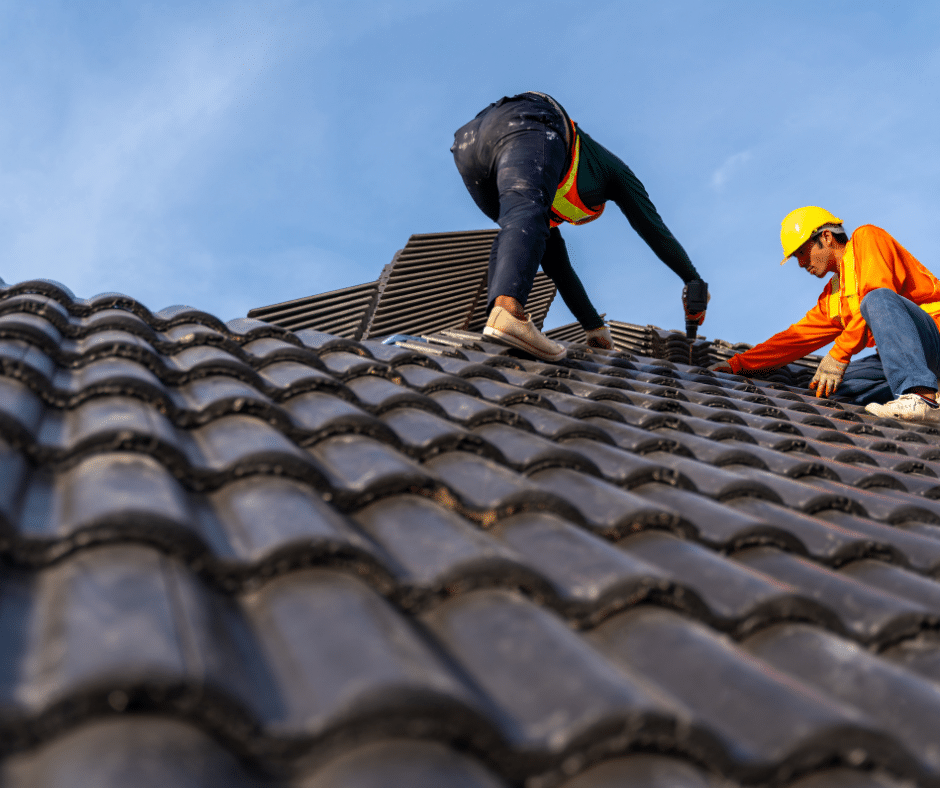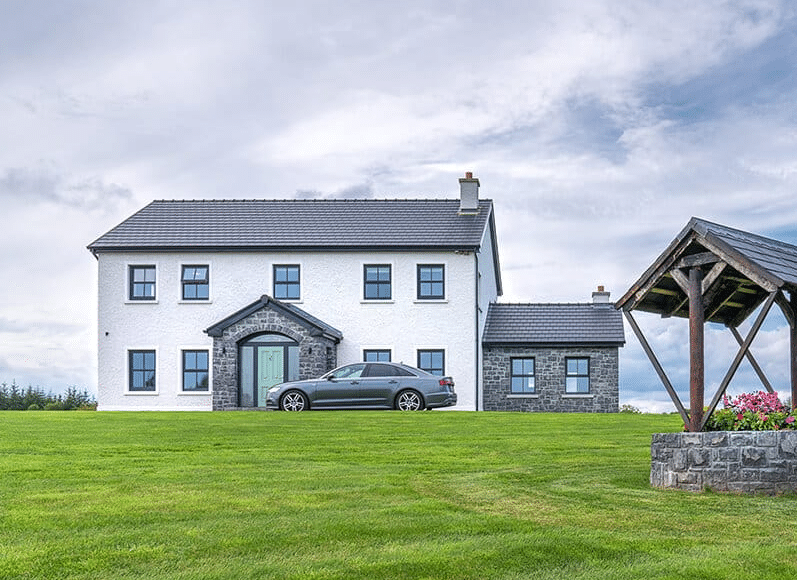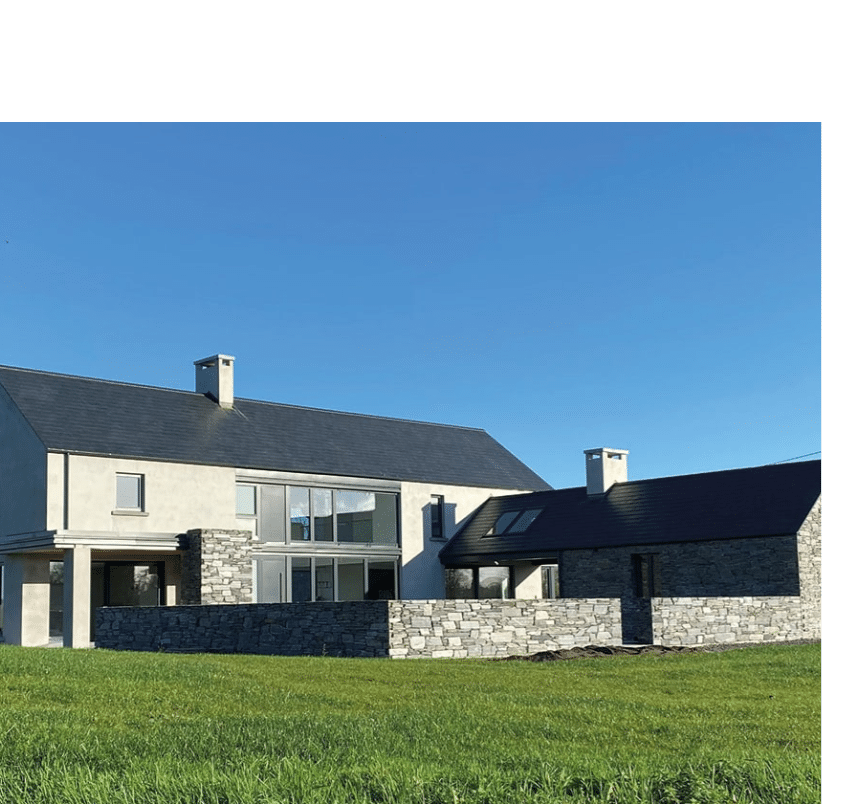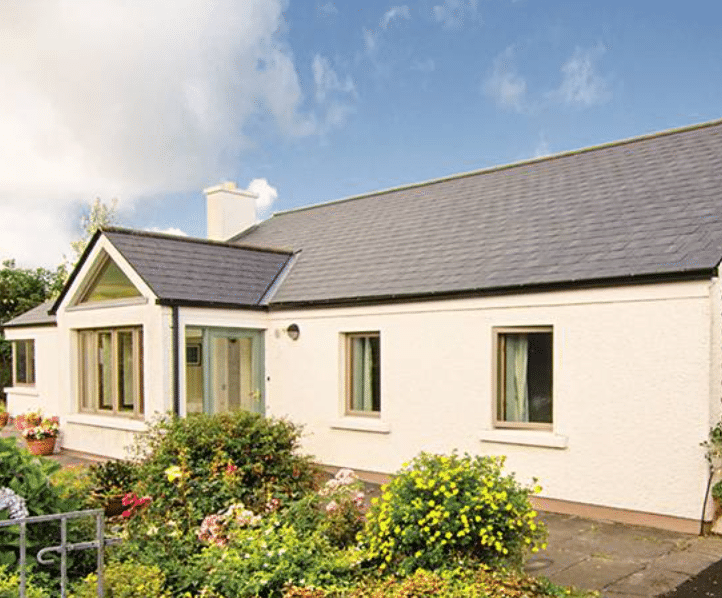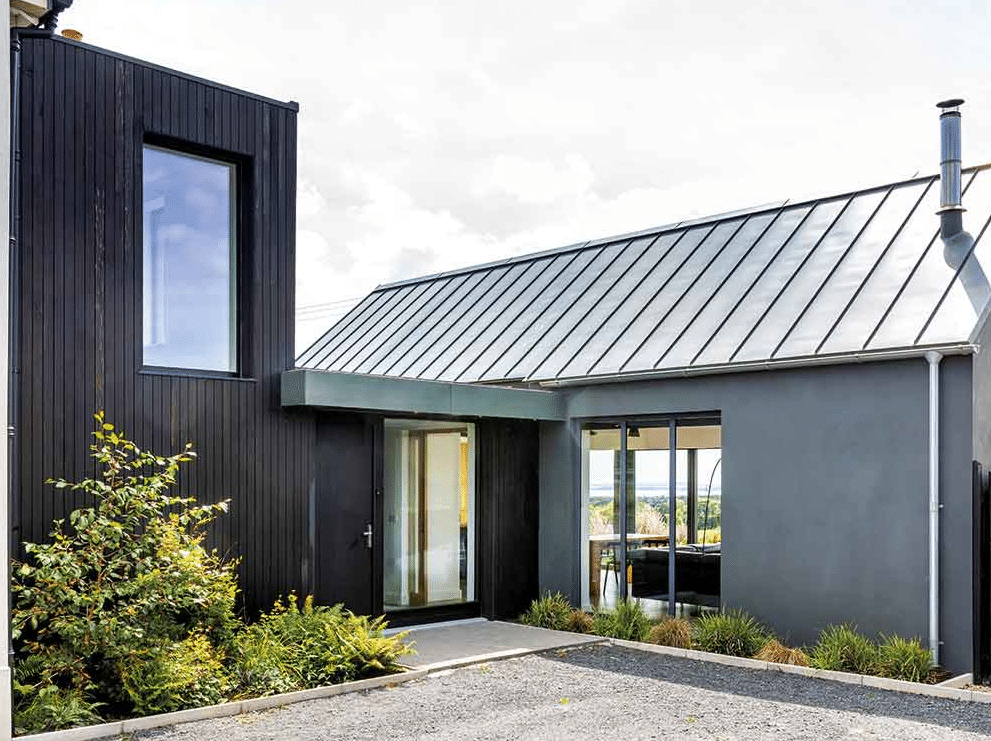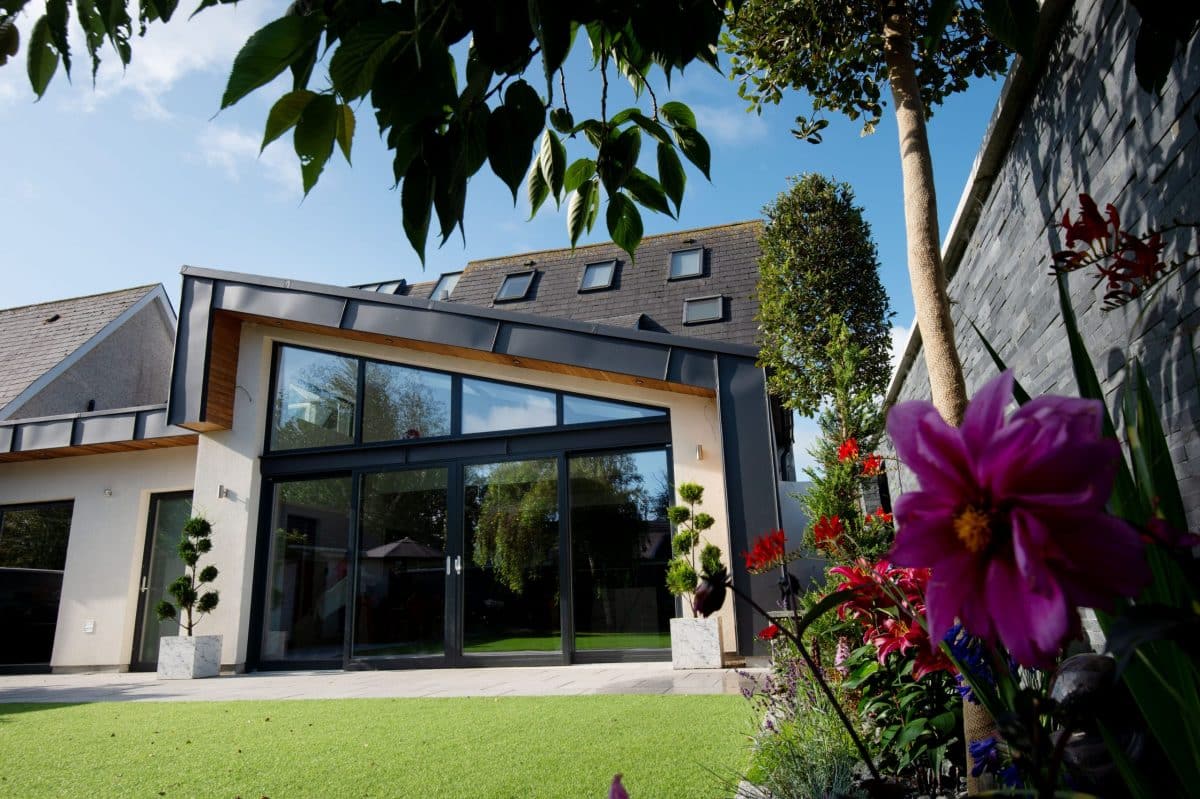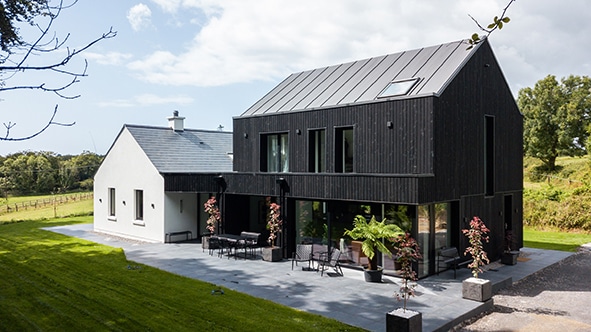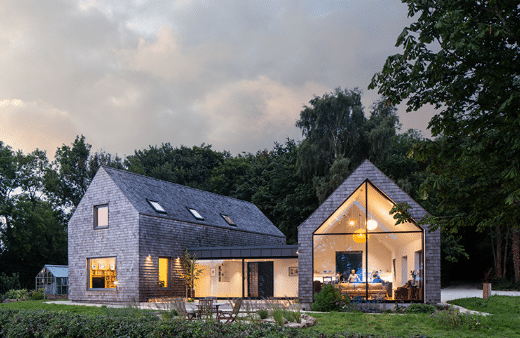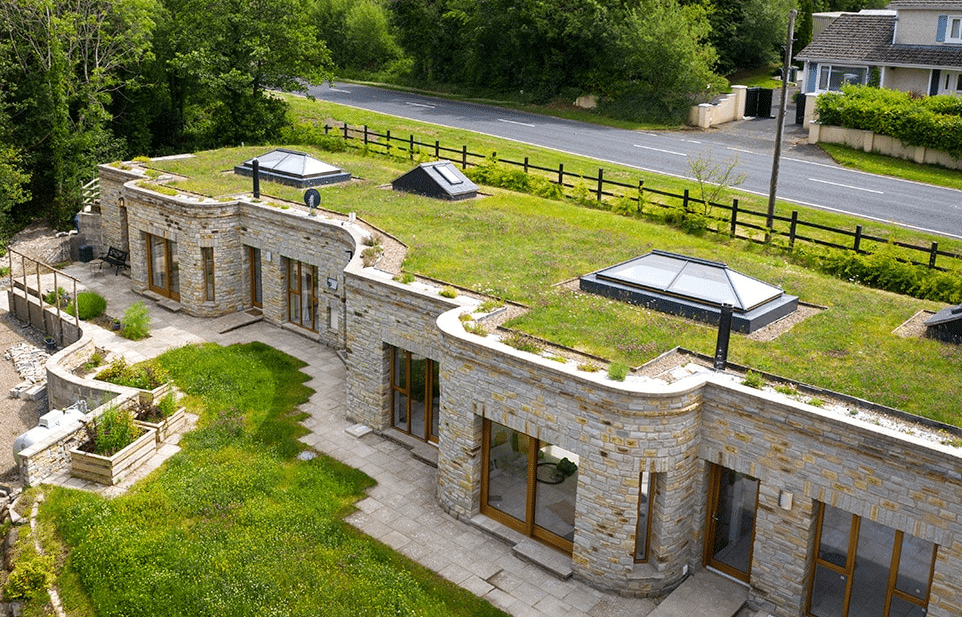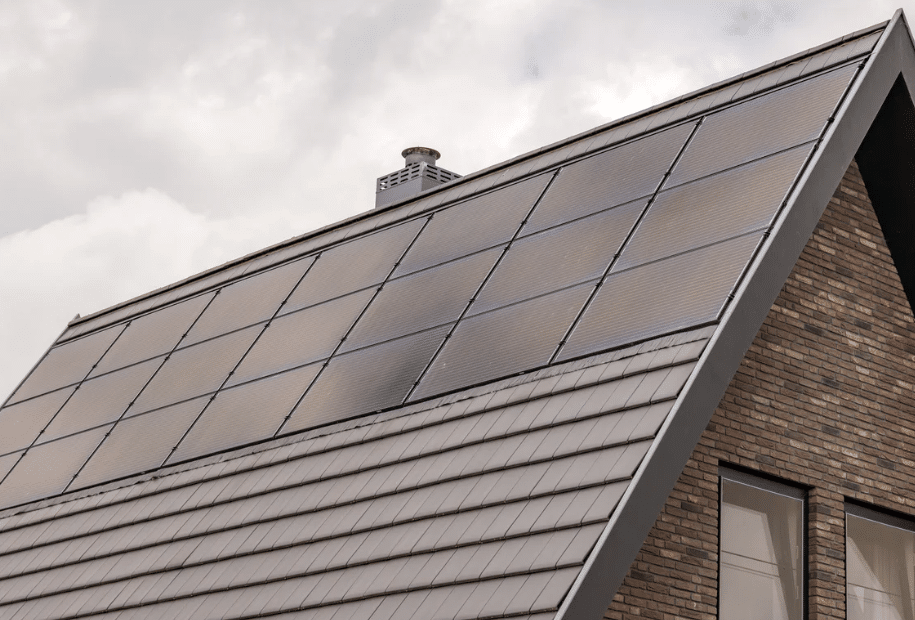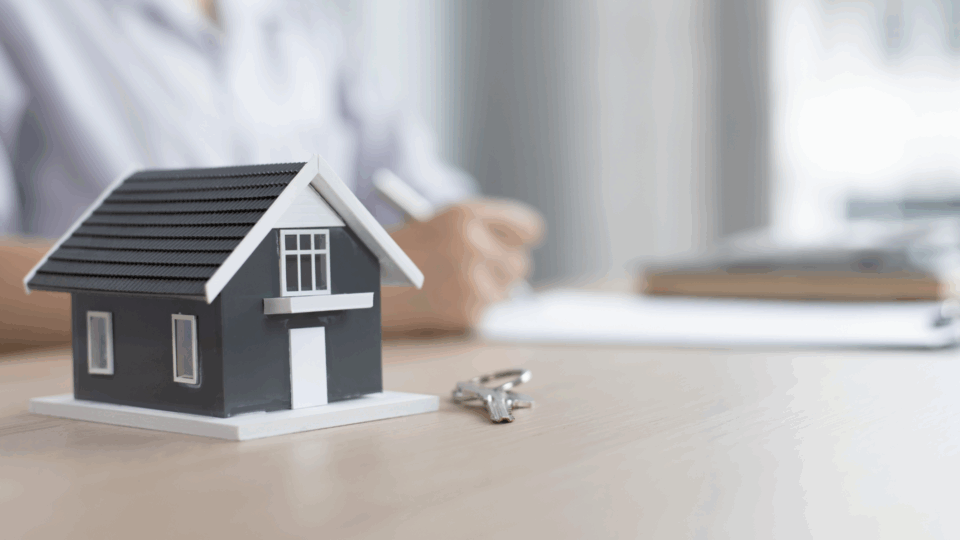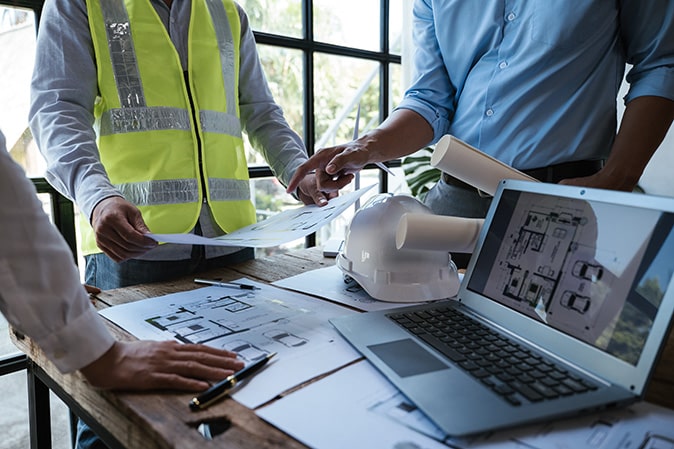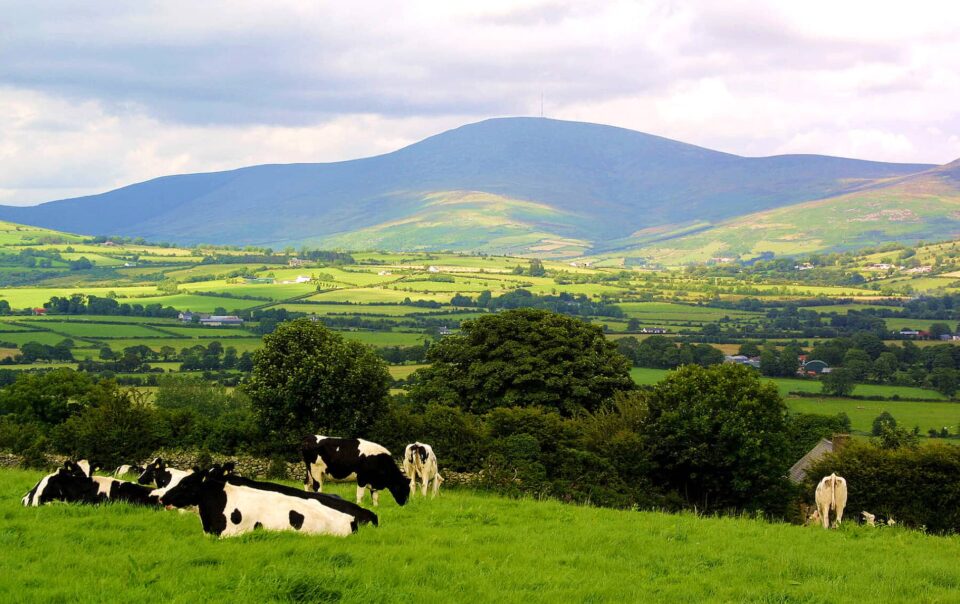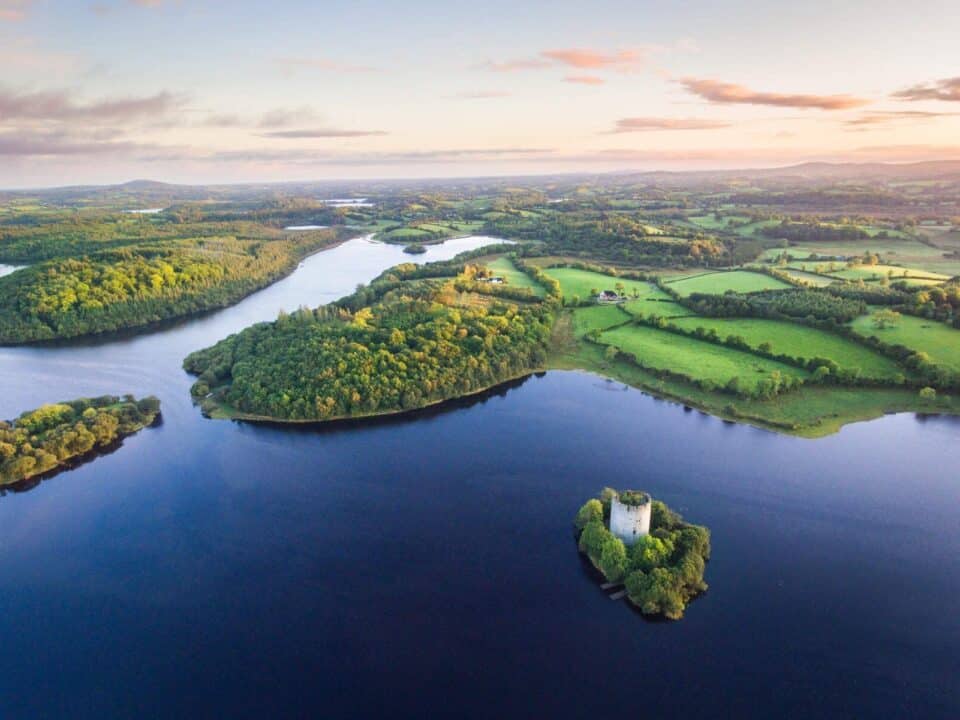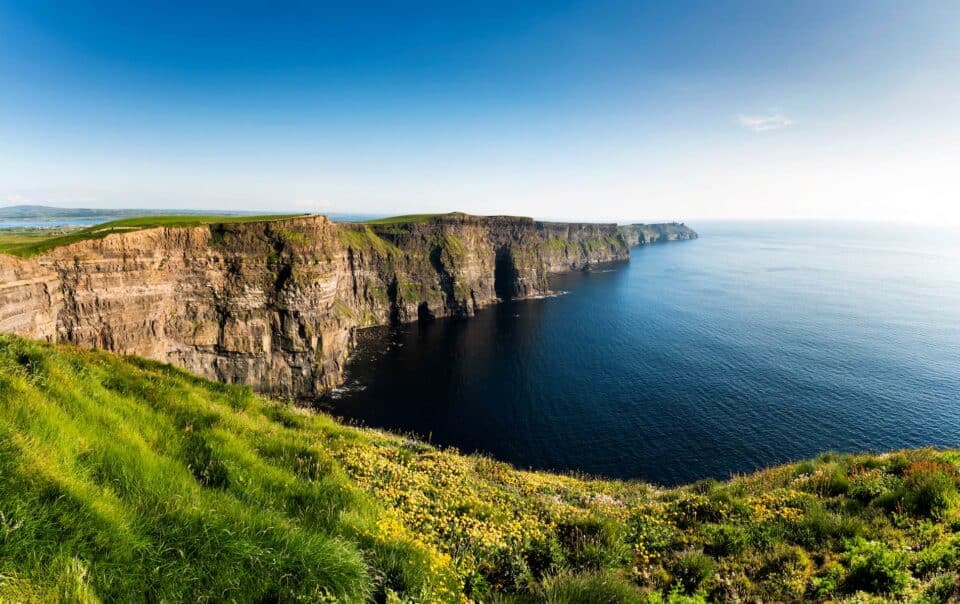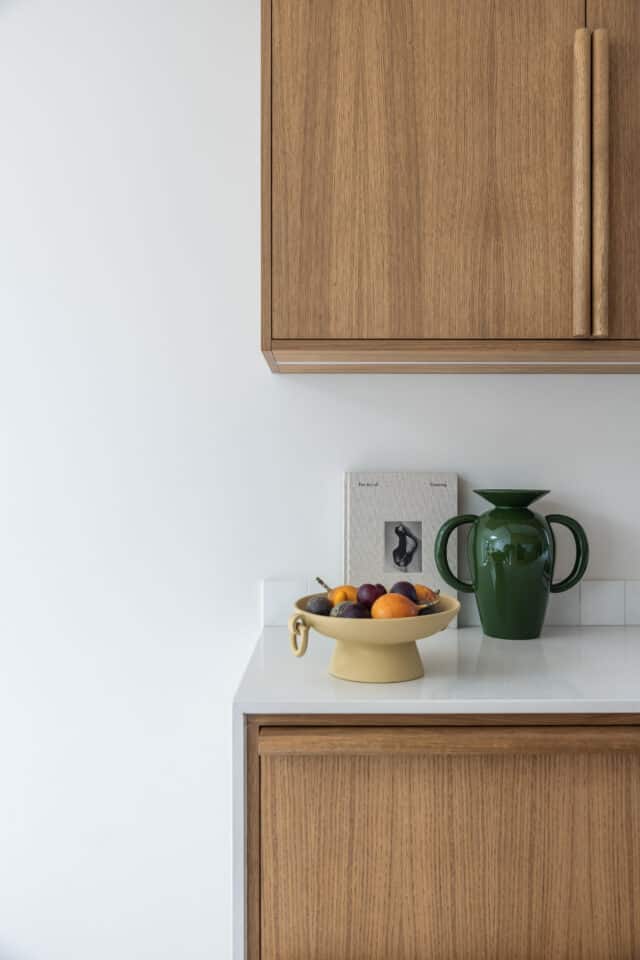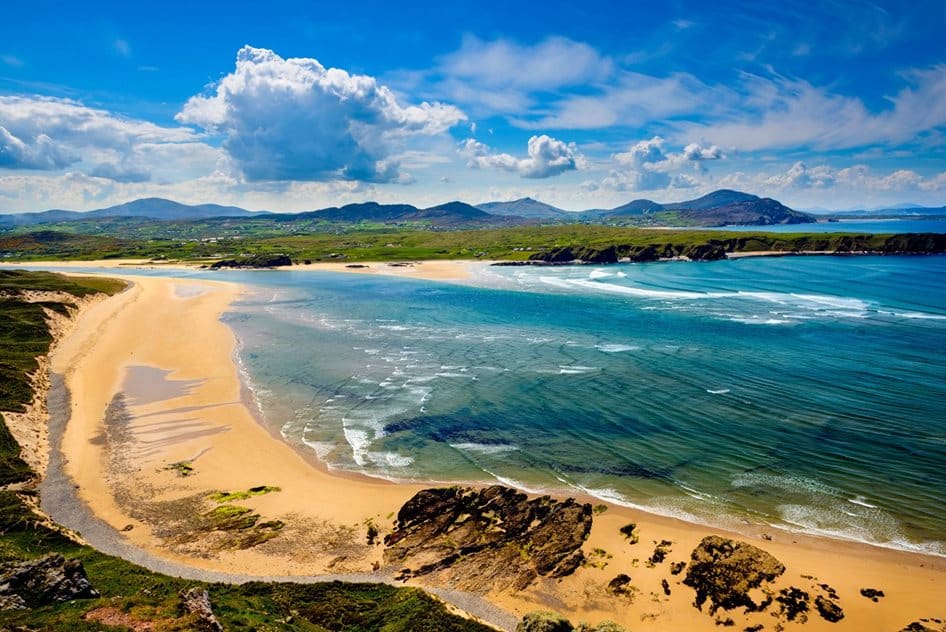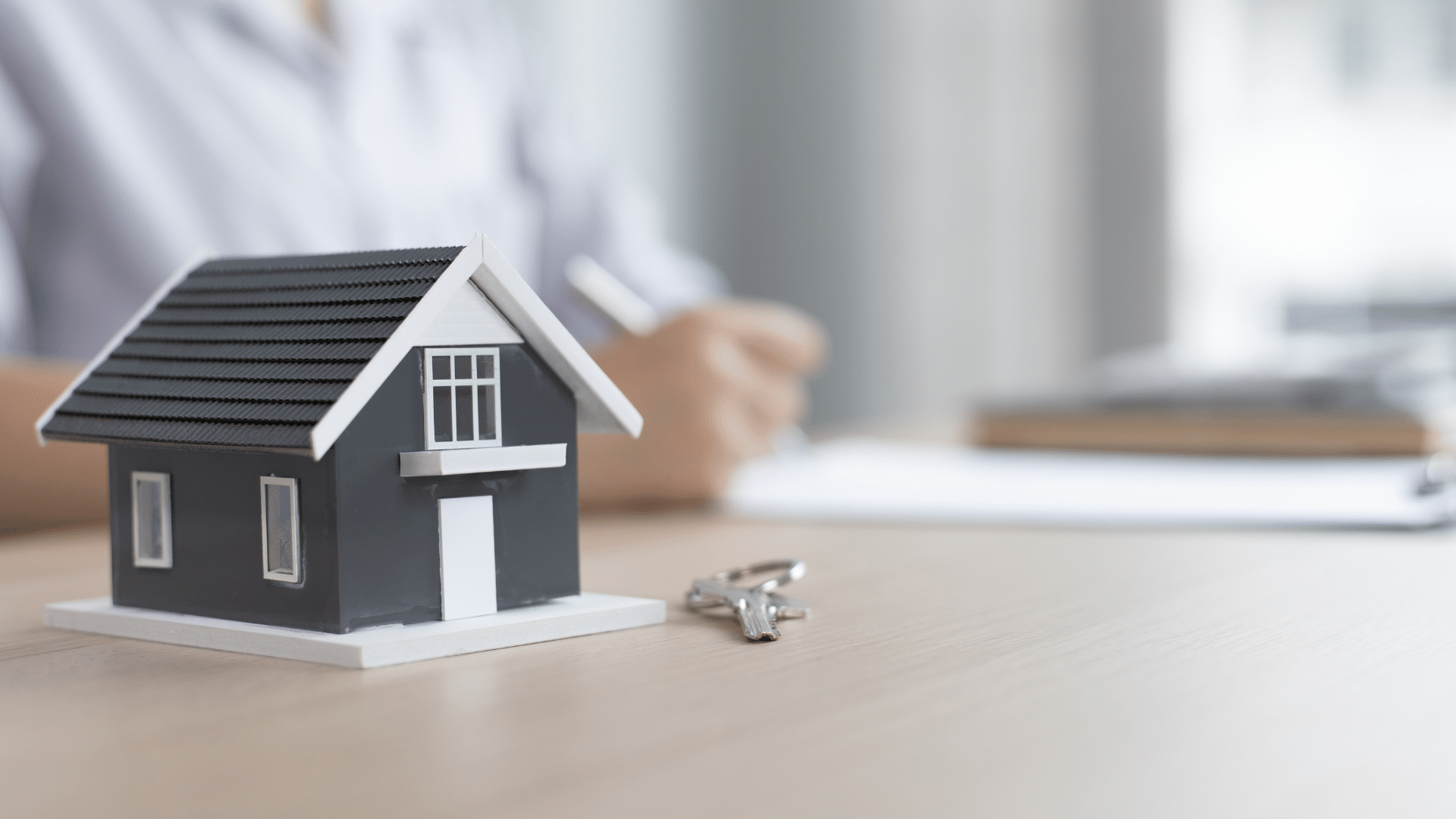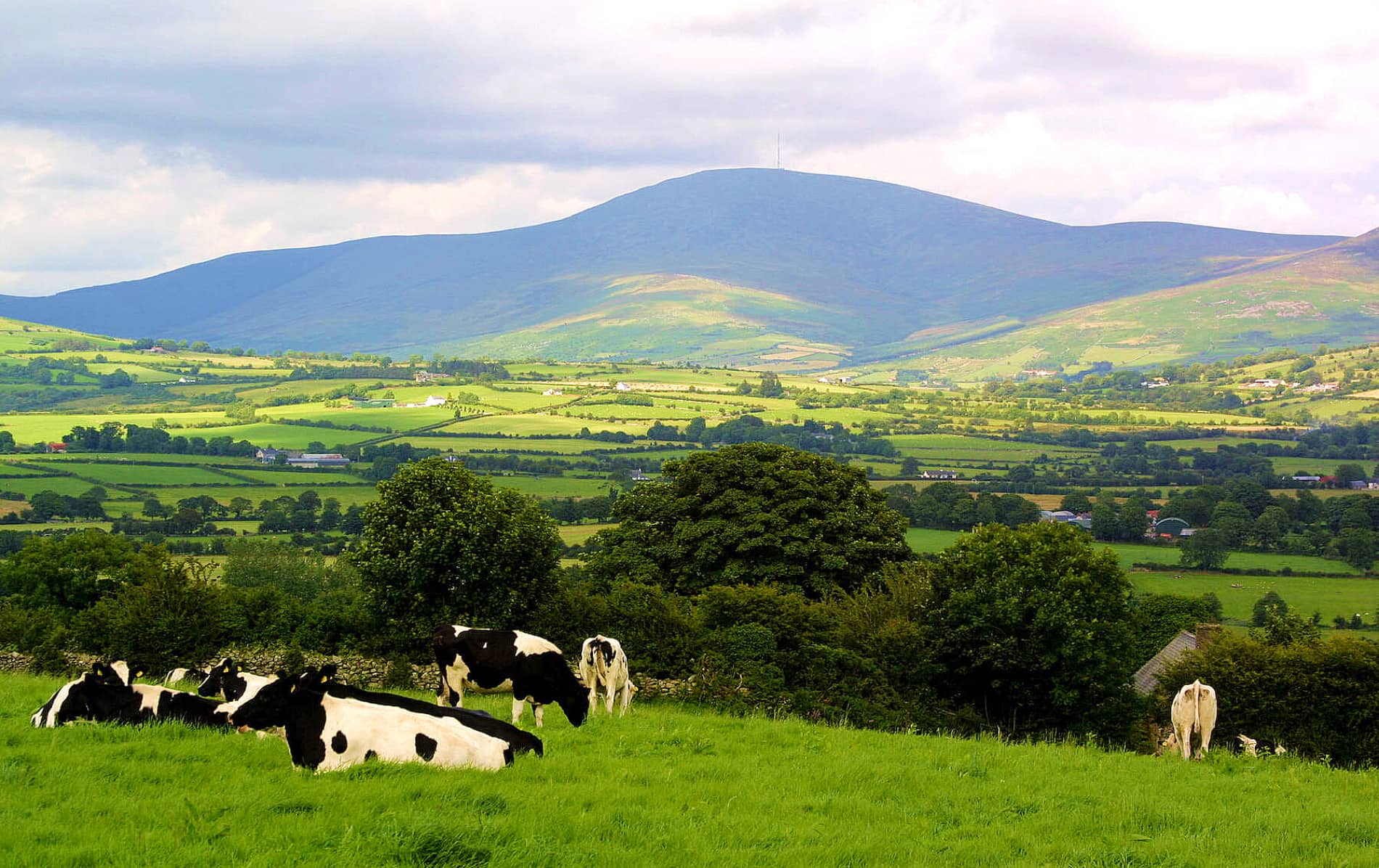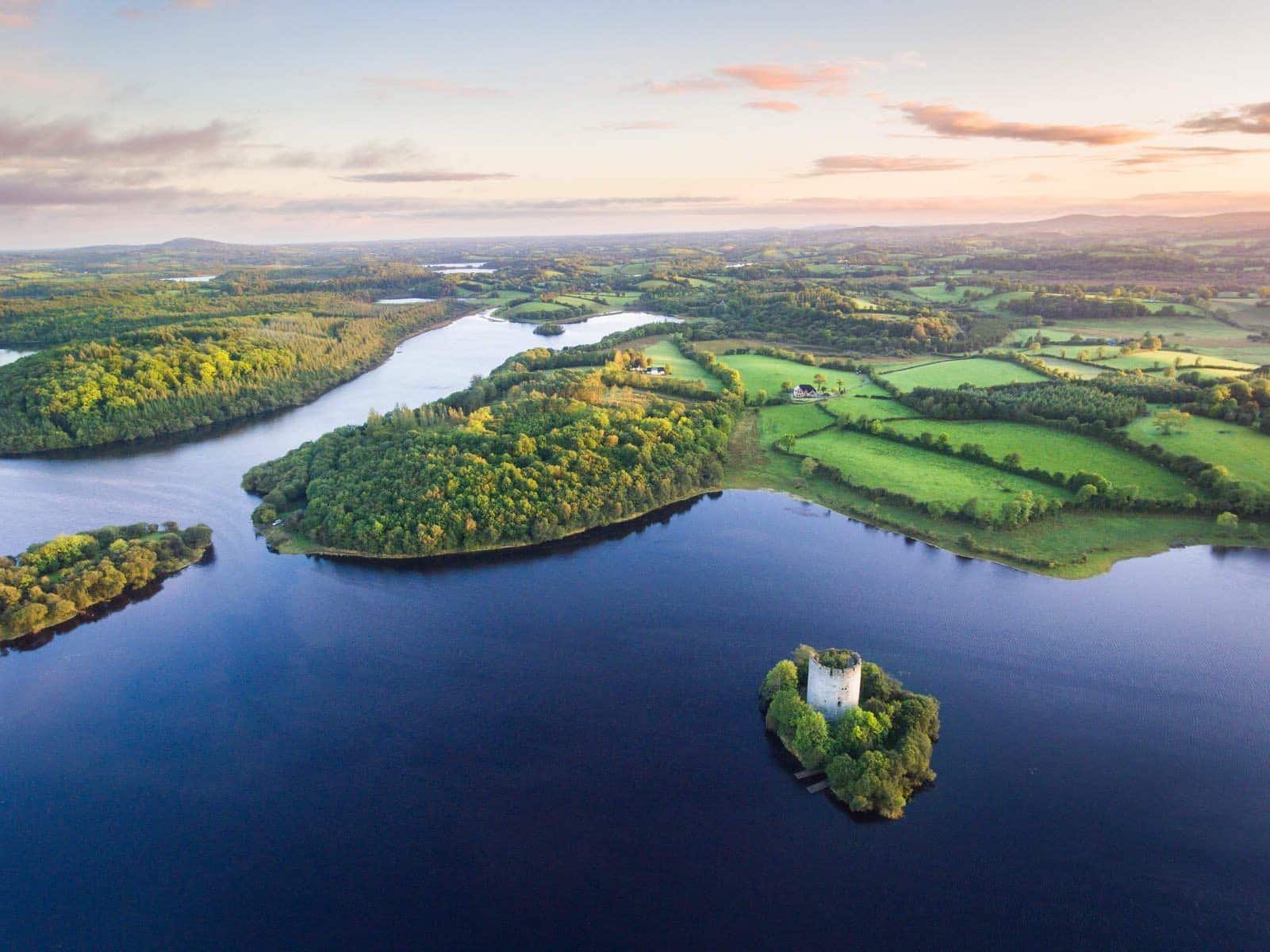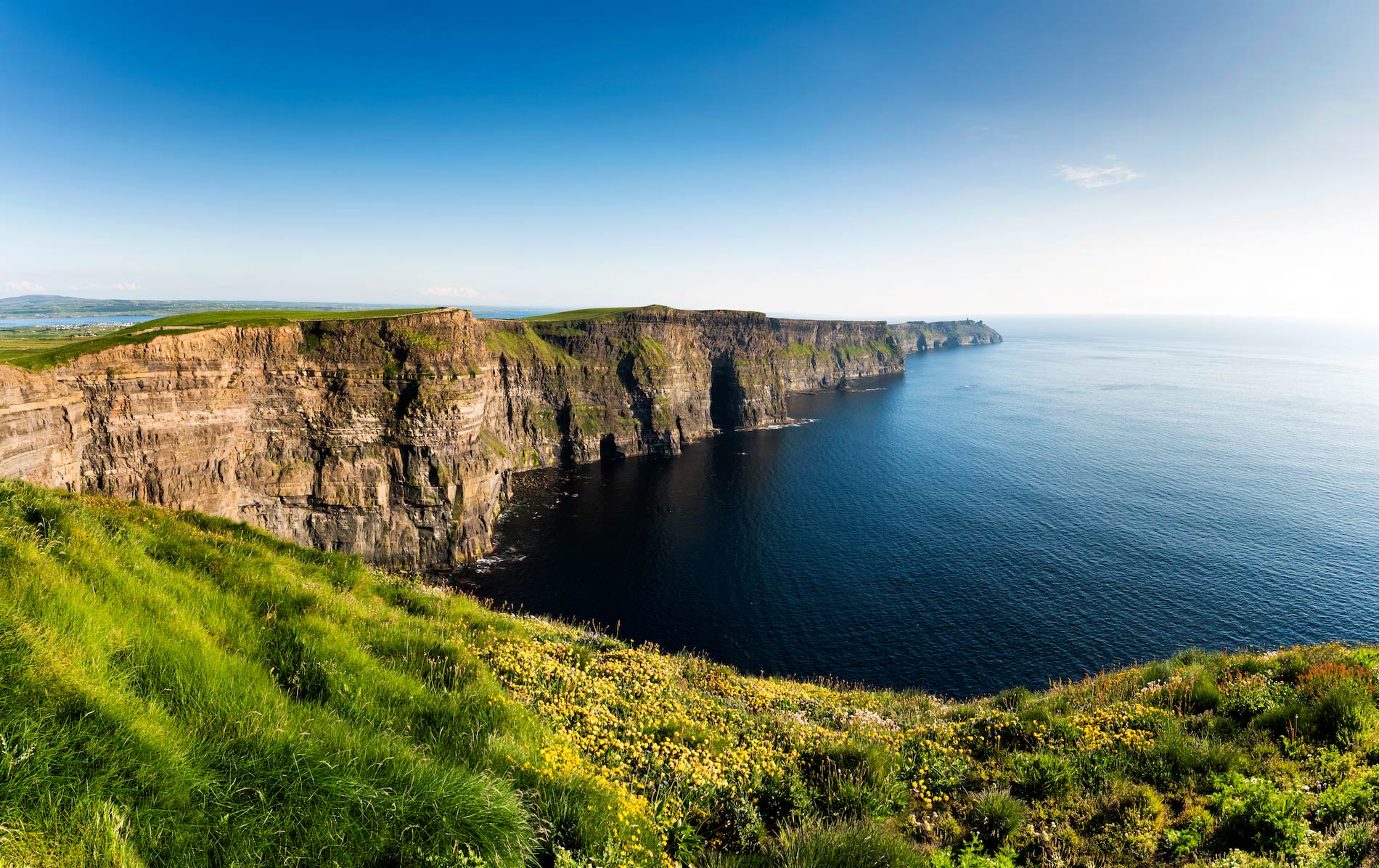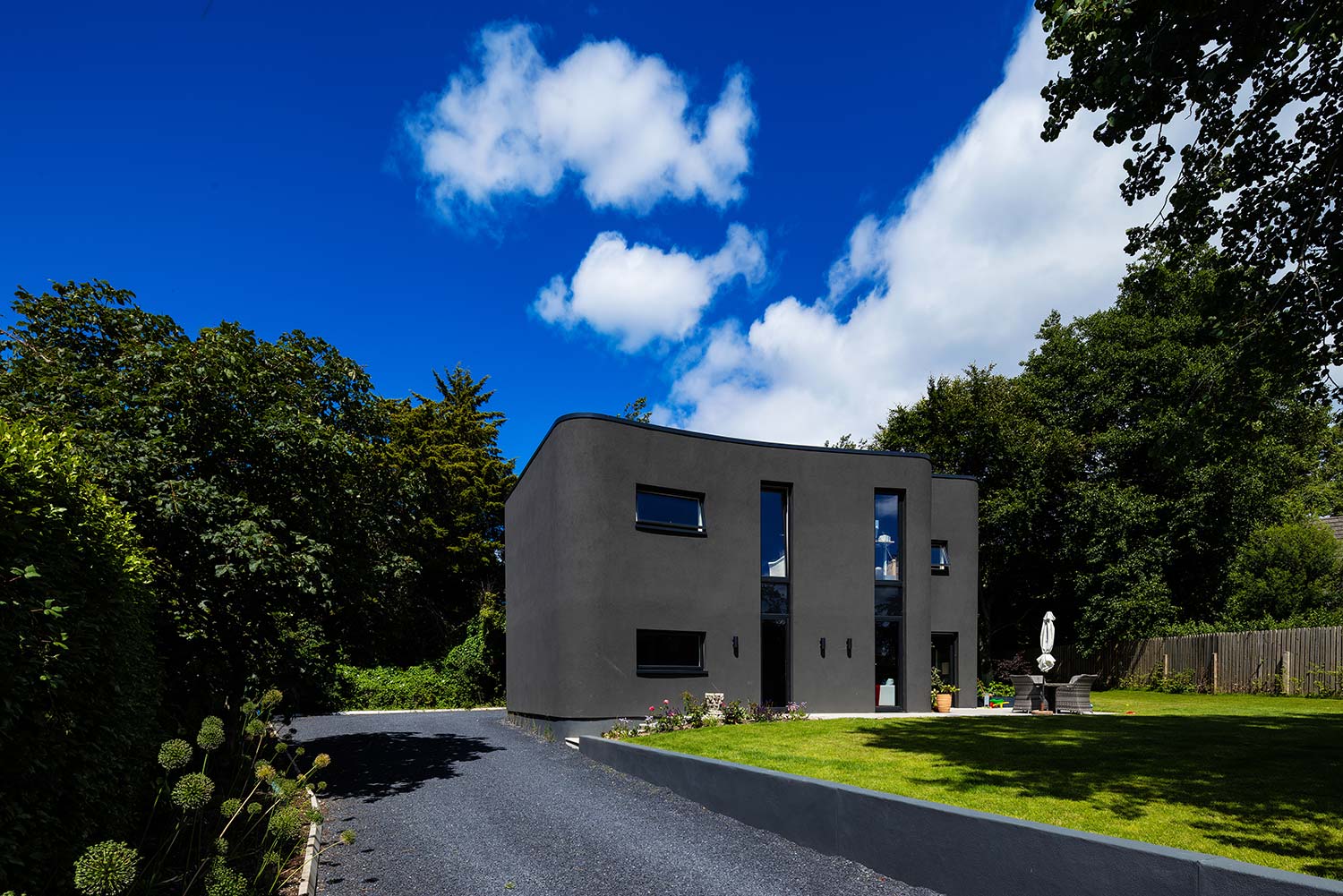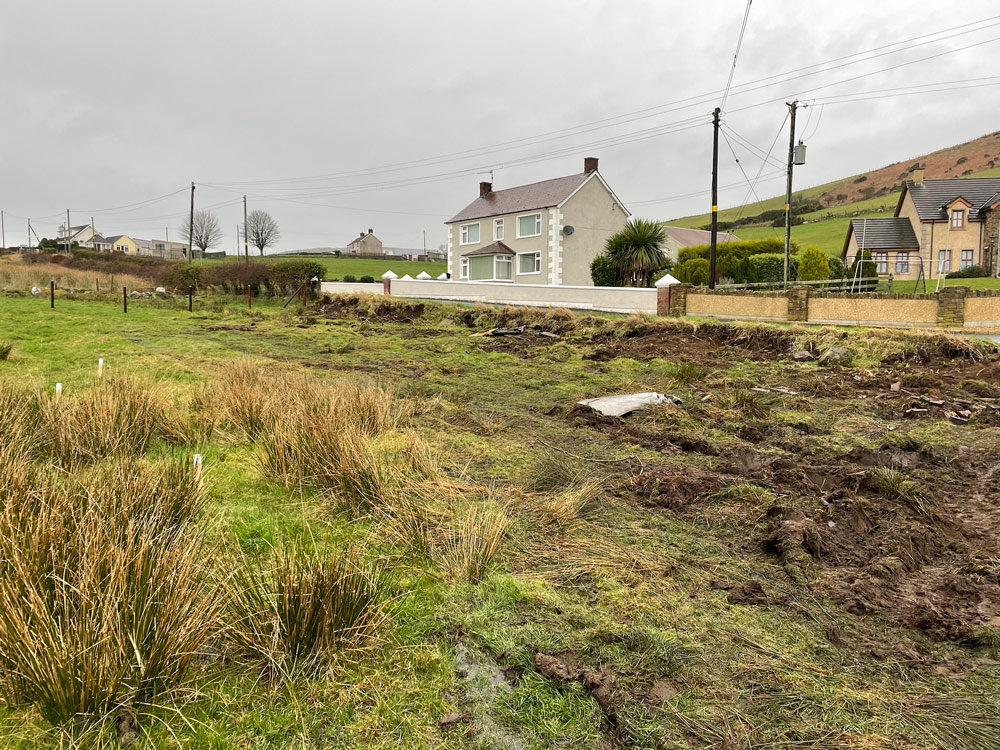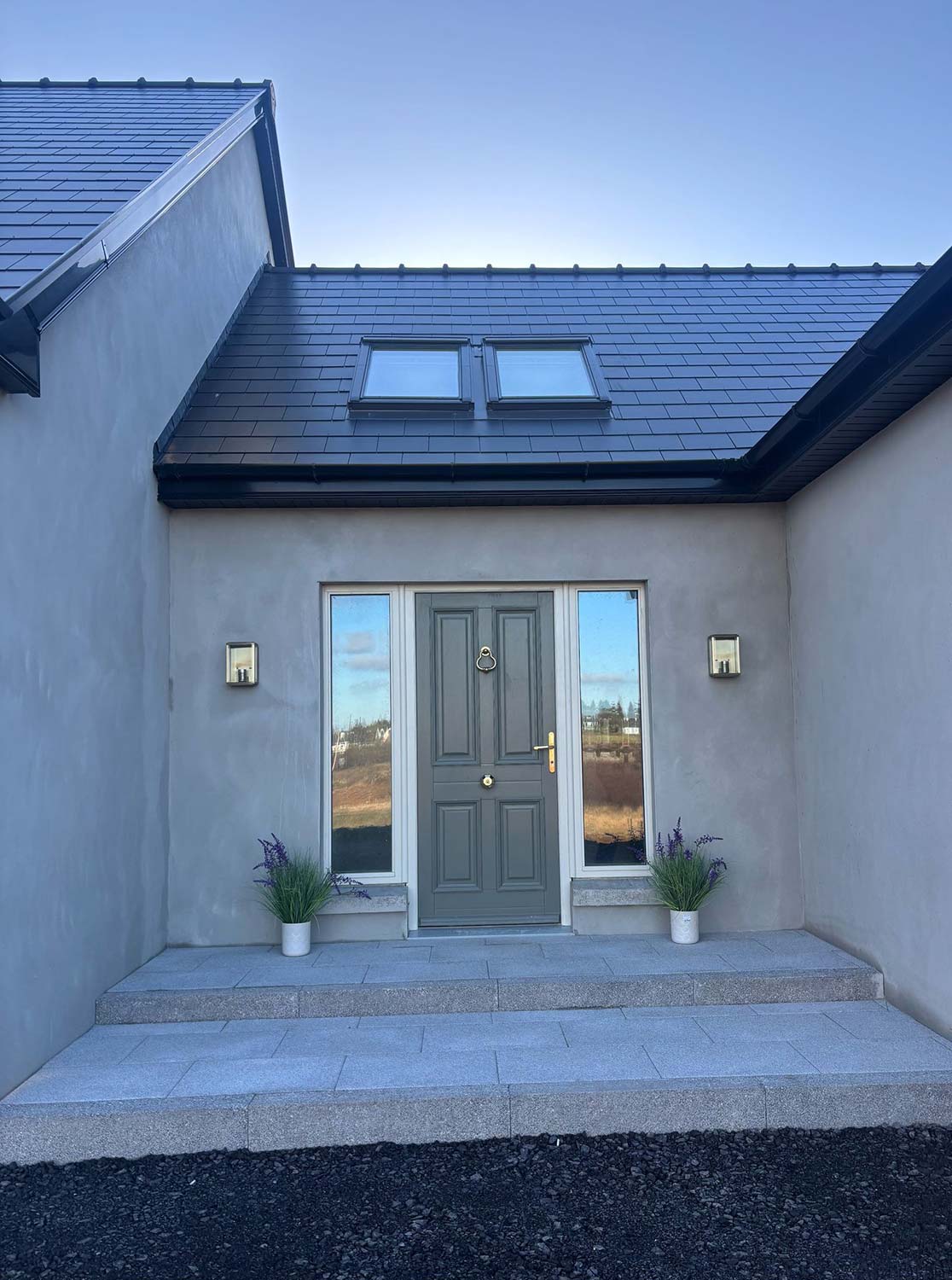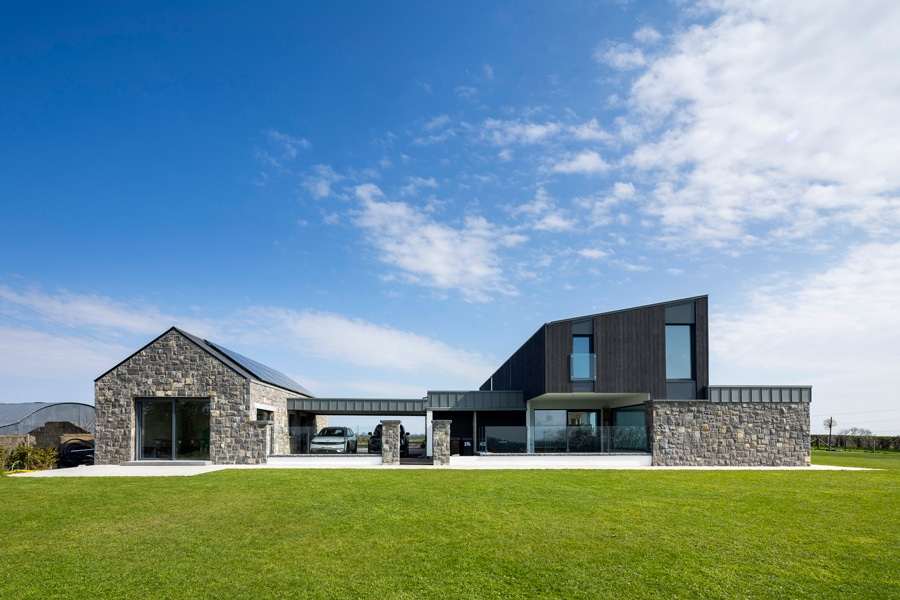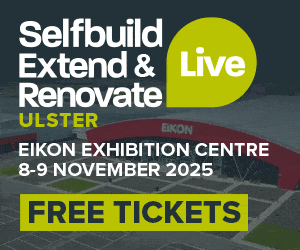There are a lot of options out there for roof finishes, and it’s not all about slates.
In this article we cover:
- Roof finishes pros and cons with inspiration images
- The lowdown on solar tiles
- How to mix and match roof finishes
- Things to know before you choose
A good roof is an investment that can enhance your home’s value, curb appeal and provide comfort for years to come. But
with so many finishes available, it can be overwhelming to decide which one is best for your needs. Here, we explore the most popular roof finishes available in Ireland today, suited to our notoriously unpredictable weather.
Concrete tile
Concrete roof tiles are common in Ireland as they’re cost effective, weather well, and are long lasting (40-75 years); make sure you’re happy with the appearance and choose good quality to ensure longevity.
Clay tile
Clay tiles, naturally resistant to rain and frost, are typically longer lasting than concrete tiles (50-100 years). In their natural form they provide a more traditional aesthetic, while more modern models are made to look like slate.
Natural slate
Natural slate is among the most expensive options but one of the most iconic and enduring roof finishes. Renowned for its natural beauty and a lifespan of over 100 years, it is also exceptionally resistant to rain, frost and wind. Natural slate comes from quarries, often in Spain or China. The famous Welsh Bangor Blue slates are among the most expensive.
Fibre cement slate
For a modern and cost effective alternative to natural slate, the fibre cement equivalent is lighter and easier to install. While they do not last as long as natural slate (30 to 60 years), they’re designed to perform well in wet and windy conditions, and are available in a range of colours and finishes to suit different architectural styles.
Metal
Standing seam metal roof coverings are among the most expensive options, from zinc to aluminium, but they last for up to 70 years and are ideal for homes in rural or coastal areas where resilience to harsh weather is a priority. Rain on a metal roof can be noisy, so rigorous installation with good detailing is essential.
Rising in popularity in Ireland are corrugated metal roofs, as seen on farm buildings, for their cost effectiveness and looks. Similar engineered solutions (fibre cement) provide the corrugated roof barn aesthetic.
EPDM, GRP and PVC
When it comes to flat roofs, EPDM (a synthetic rubber membrane) and GRP (fibreglass) have replaced felt as more durable and reliable options, lasting anywhere from 15 to 50 years. An EPDM roof is highly resistant to weathering and provides excellent waterproofing, making it ideal for long term performance.
GRP, on the other hand, offers a seamless, strong surface that is highly resistant to leaks. Both materials require little maintenance, making them practical choices for extensions and modern home designs.
Proprietary systems that contain PVC (plastic) are also popular for flat roofs as they come certified; PVC can also be found in sheeting materials but aren’t as long lasting as the alternatives.
Mix and match
Who says you need to stick to one material? Many modern designs mix different roof finishes to create visual interest and improve functionality.
Combining materials can also highlight different areas of your home, providing a contemporary edge while maintaining harmony with traditional elements. Plus, using the right finishes in the right place can improve energy efficiency and add character to your build.
Also remember that your roof covering needs to match your wall covering; a red corrugated roof might only look the part with a whitewashed finish below, for example. Your architectural designer will guide you with this and show you examples.
And do take the time to consult with roofing professionals early on to take into account the unique demands of your home, as they are likely to provide suggestions too.
Shingles
Cedar shingles look stunning, offering a warm, natural aesthetic that weathers beautifully over time. They do require specialist installation and with regular maintenance are long lasting (50 years). Asphalt shingles are budget friendly, lightweight, easy to install and come in a range of colours and styles, but aren’t long lasting (15 years) as they struggle in areas prone to heavy rain and high winds.
Green roofs
Among the most expensive options, a green roof is covered with vegetation, providing insulation and reducing stormwater runoff. With a good lifespan (50 years) this type of roof is good for biodiversity and blends harmoniously with countryside greenery.
Solar tiles
Solar tiles, or built in photovoltaics (BIPV), are still in their infancy and expensive but have the benefit of acting as both roof covering and solar panel. The efficiency is not high (less than panels) and the lifespan around 30 years, but it’s an area worth watching as the technology will no doubt improve in years to come.
Things to know before you choose
Proper detailing in relation to ventilation, insulation and airtightness is essential for longevity and, needless to say, is a requirement in building regulations. Specialist detailing, e.g. with metal roofs, will be more complex than others, adding to the cost.
The weight of your tiles will have a knock on effect on your roof structure, so your choice of roof covering needs to be done early on. Natural slate, as well as concrete and clay tiles, are very heavy and so are green roofs due to the soil.
Have a chat early on with your roofer to see what they are used to working with. Natural slate for example will require specialist installation, which may add to the cost. Tiles tend to be quicker and more cost effective to lay than slate, but this will depend on the type.
Maintenance is also vital to ensure your roof lasts as long as possible; make visual checks once a year and after bad weather to determine if there are any repairs needed.


